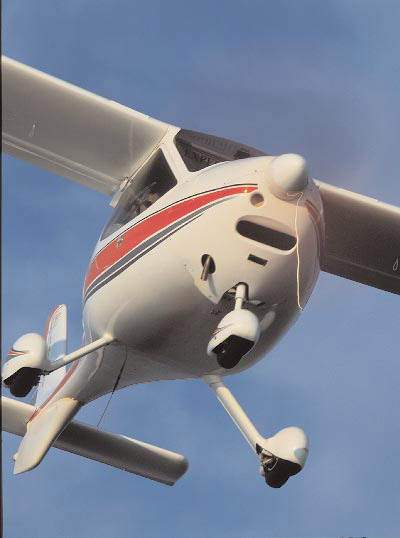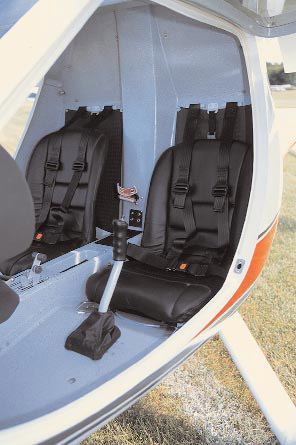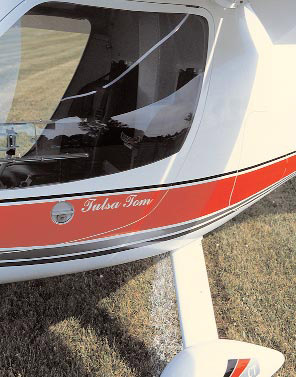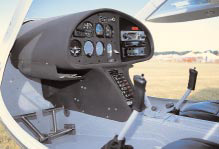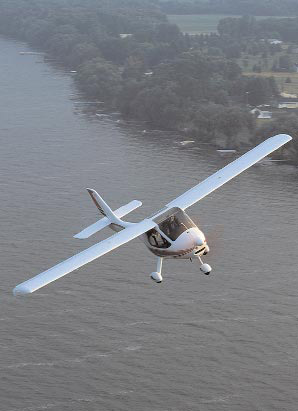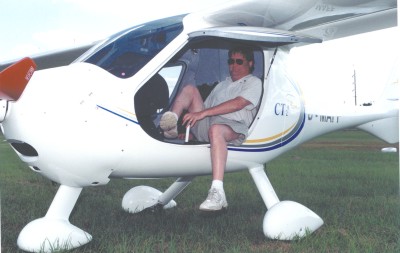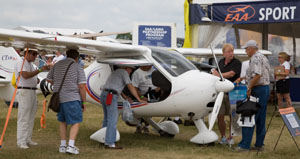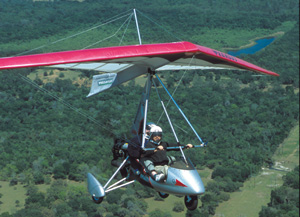
In the 15 months since the first two special light-sport aircraft (S-LSA) were introduced at the Sun ‘n Fun Fly-In in Lakeland, Florida, a wave of S-LSA have taken to the sky. The number delivered to customers is approaching 500 aircraft — and climbing as quickly as factories can produce and deliver them. The years ahead should see a sharply increasing number of LSA flying in America. The good news for pilots is we won’t just have more LSA, we’ll have better ones as designers modify and improve aircraft based on customer input and service history. That’s one of the benefi ts of consensus standards versus type certification-manufacturers can cram more features into the airplanes and factories may refine production techniques without undergoing costly recertification. The best news is we don’t have to wait. “New and improved” LSA are here now. The 2006 CT Because of its distinctive profile, the Flight Design CT is one of the most recognized S-LSA flying.












